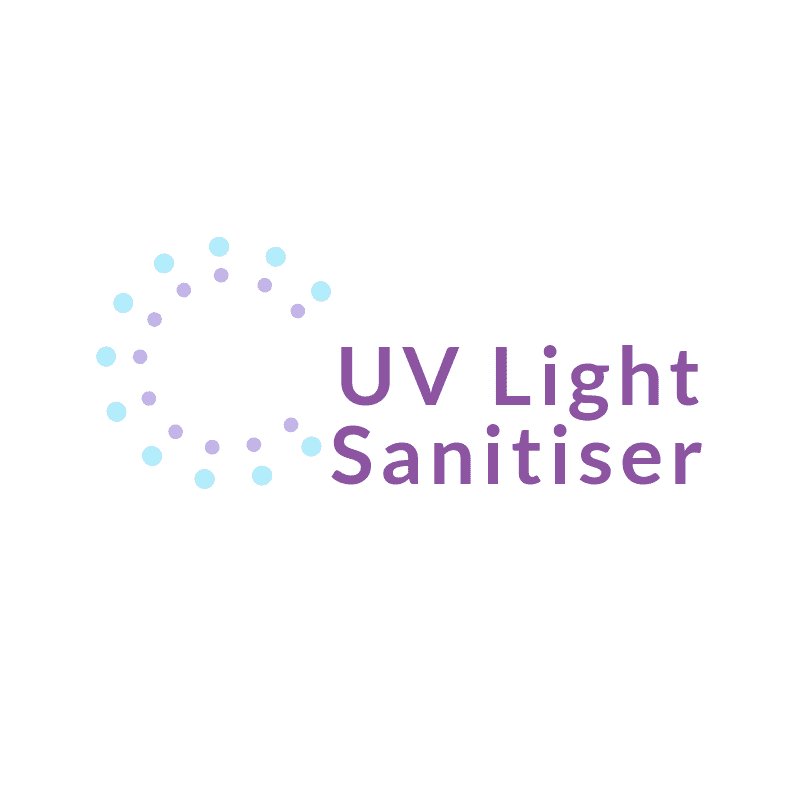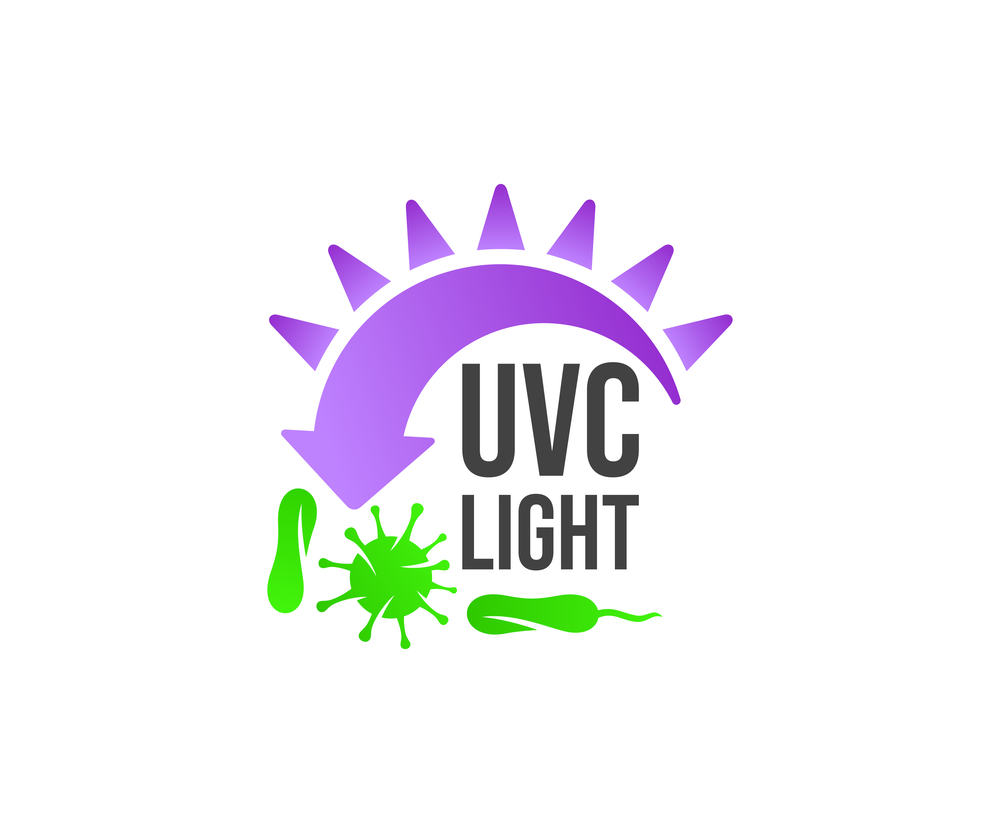How effective is UV sterilization? Is it effective against bacteria and viruses? What are the advantages and disadvantages? These are questions people often ask in the field of microbiology, especially when people think about how dirty phones are. As more and more UV sterilization products appear on the market, you may be wondering if they are worth trying.
In the mid-20th century, ultraviolet light was used to sterilize and disinfect. With the development of technology, especially the development of the ultraviolet lamp itself, its long reliable life (thousands of hours) and its smaller size (for example, an ultraviolet LED and a traditional ultraviolet lamp) have expanded its scope. You will find it can be used for disinfection: water, air, fruits, vegetables, surgical instruments, pills, toys and various surfaces.
When performing UV disinfection, not all types of UV radiation are effective. What does that mean? To obtain technical information, ultraviolet (UV) means “out of violet light”. This refers to a series of electromagnetic waves whose wavelength (shorter than that of visible light) (higher frequency and energy). There are three types of ultraviolet light that have a shorter wavelength and higher energy. These are UVA, UVB and UVC rays. For ultraviolet sterilization, only ultraviolet light (100-280 nm) has enough energy to effectively destroy microorganisms. When purchasing an ultraviolet sterilization product for testing at home or at work, make sure that its ultraviolet wavelength is in the UVC range (100-280 nm).
How Does UV Sterilization Work?
Ultraviolet rays are divided into several different ranges: (near the visible range): UV-A, UV-B, UV-C, UV vacuum (near the X-ray range). The UV-B range causes sunburn in humans. The ultraviolet water purifier uses the UV-C series due to its sterilization ability. In this range, light will destroy the molecular bonds in viral and bacterial DNA, preventing them from multiplying and effectively killing them.
How is UV light sterilized? I’m glad you asked! Ultraviolet sterilization is also known as ultraviolet sterilization or ultraviolet radiation sterilization (UVGI). Its function is to destroy certain chemical bonds and disrupt the structure of DNA, RNA, and proteins, leading to the inability of microorganisms to multiply. When a microorganism cannot reproduce, it is considered dead because it cannot reproduce in the host and is no longer infectious. Sounds perfect. How long does it take for these unpleasant things to become “dead”? Let’s talk about the details of the destruction.
Since portable light disinfection uses ultraviolet energy to destroy biomolecules, its effectiveness depends on the total energy used, which depends on the duration of the exposure and the distance from the light source. For example, if the used UV lamp is 1 inch above the E. coli culture Petri dish, complete sterilization takes only 1-2 minutes. 1 It may take 5 to 10 minutes to sterilize surgical instruments in a box with medium UV. Typically, 30 minutes is recommended to sterilize an 8-foot biosafety cabinet in a laboratory.
Is UV Sterilization Effective?
Is UV sterilization effective for viruses and bacteria? The short answer is yes, there are even more creatures. Studies have shown that UVC at 254nm is effective against all foodborne pathogens, natural microflora, mold, and yeast. Since the size and shape of the microorganisms will affect their absorption by ultraviolet light, the time required to destroy each species is different. two
One limitation of UV sterilization is that UV rays do great damage to proteins and DNA / RNA, so it cannot be used in biomedical products. For example, UVS sterilization of viruses can cause significant damage to virus surface proteins, so they cannot be used as vaccines to stimulate an adequate immune response. Another method of UV inactivation is used in biomedical products to preserve viral surface proteins with effective virus inactivation. It is also the method that we use for purified viral viral products because we want to use the complete viral protein of the UV treated virus for biomedical purposes like antibody production.
In developing countries, sunlight is already a popular method of disinfecting water, even recommended by the World Health Organization (WHO). The technique involves pouring water into a glass or clear plastic bottle and then placing it in the sun for six hours. This method is feasible because UVA rays in sunlight react with dissolved oxygen to form unstable molecules like hydrogen peroxide, which is an active ingredient in many household disinfectants and destroys pathogens.
Without water, sunlight can help disinfect surfaces, but it can take longer than you think.
UV Sterilization and Coronavirus
Although none of the studies addressed the specific effect of UVC on Covid-19, studies have shown that UVC can be used against other coronaviruses, such as Sars. Radiation distorts the structure of its genetic material and inhibits the replication of viral particles.
However, this is not as good as we hope. A recent study examined whether UVC can be used to disinfect EPP. The authors found that although the virus can be removed in this way, it should be among hundreds of detected viruses in the experiment. It has the highest level of exposure. still. The amount of ultraviolet light required varies greatly depending on factors such as the shape and type of material used by the virus.
The problem is, we don’t know how long it will take, because it’s too early to do a lot of research on the new coronavirus.
Shortly before President Trump commented on ultraviolet radiation Thursday, William Bryan, an adviser to the U.S. Department of Homeland Security and Science on science and technology, presented the results of a study on whether sunlight can kill people. pathogens.
They found that when the virus is in the air, its half-life (including the time required to inactivate half the particles in a particular sample) is in “normal conditions” (humidity 20%, temperature 70-75F (21.1-23.9 ° C).)) About an hour. When they added sunlight to the equation, the time was reduced to a minute and a half.
Finally, if you are looking for a robot to sterilize the counter, use a magic wand to shake the thick hotel sheets, or use the little thing to sterilize smelly shoes, UV sterilization is a good option. Remember to follow the manufacturer’s instructions regarding the distance to the light source, the exposure time, and safety precautions for any equipment you purchase.

